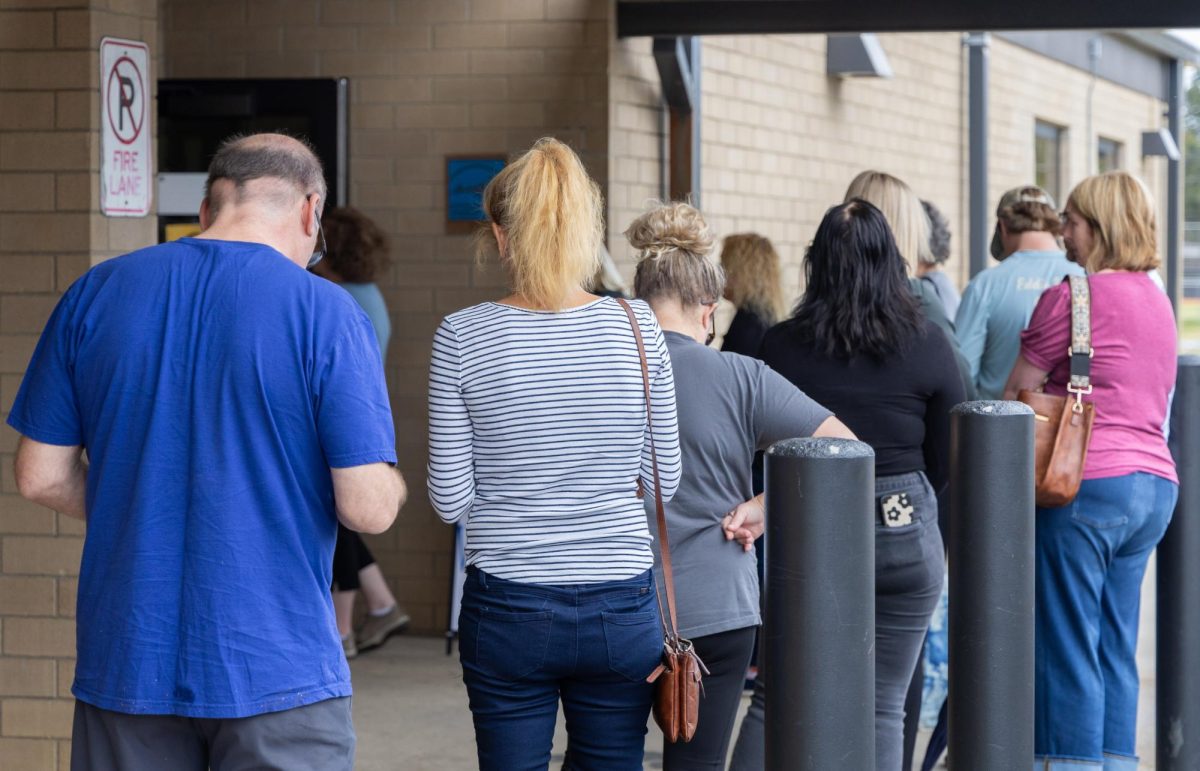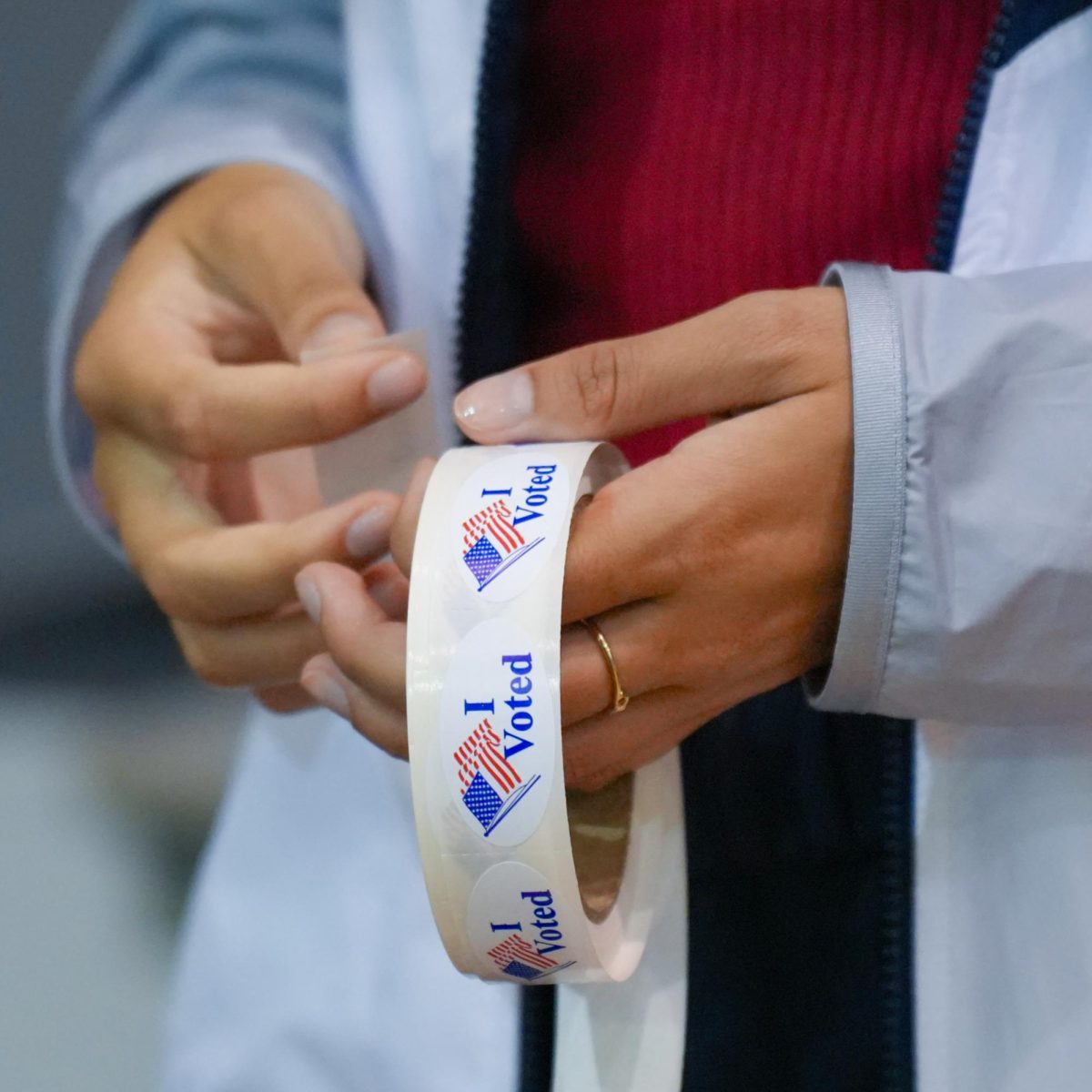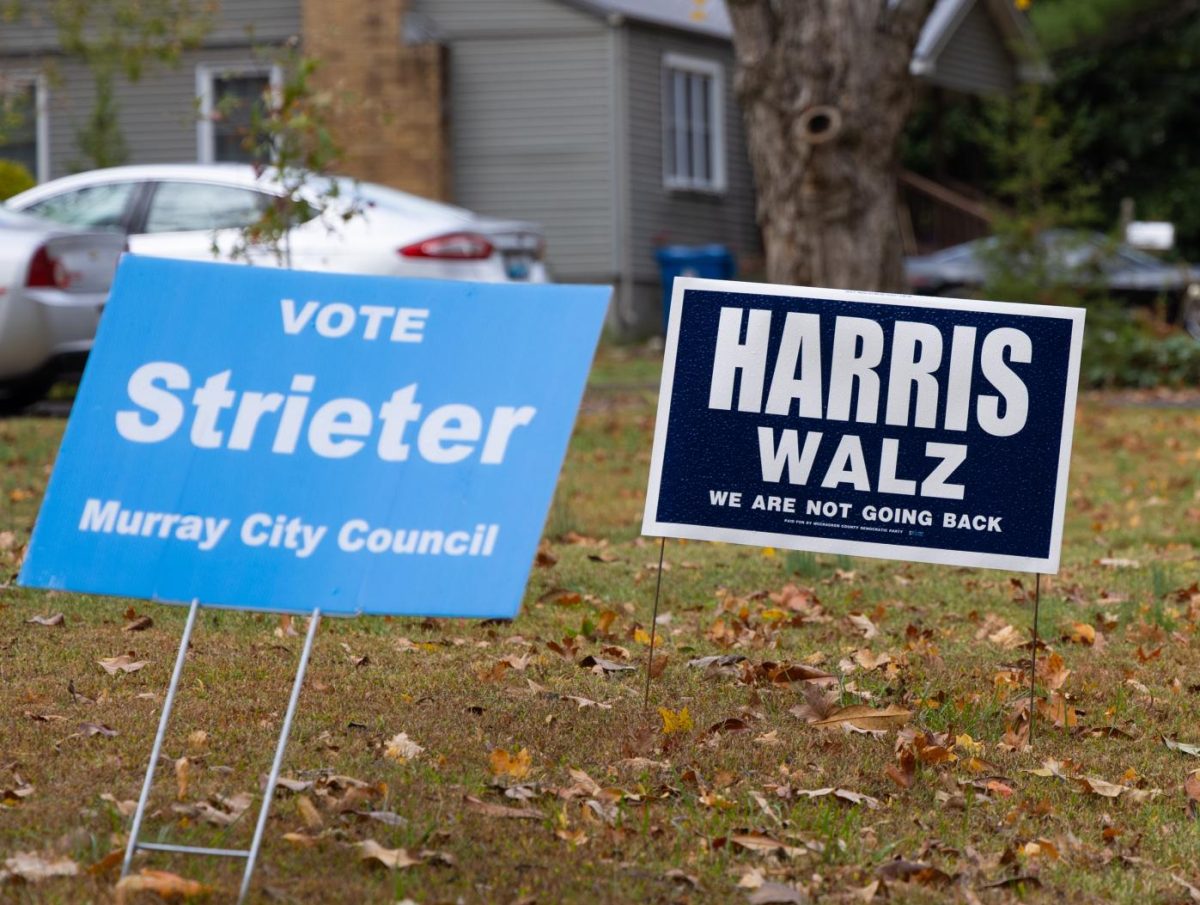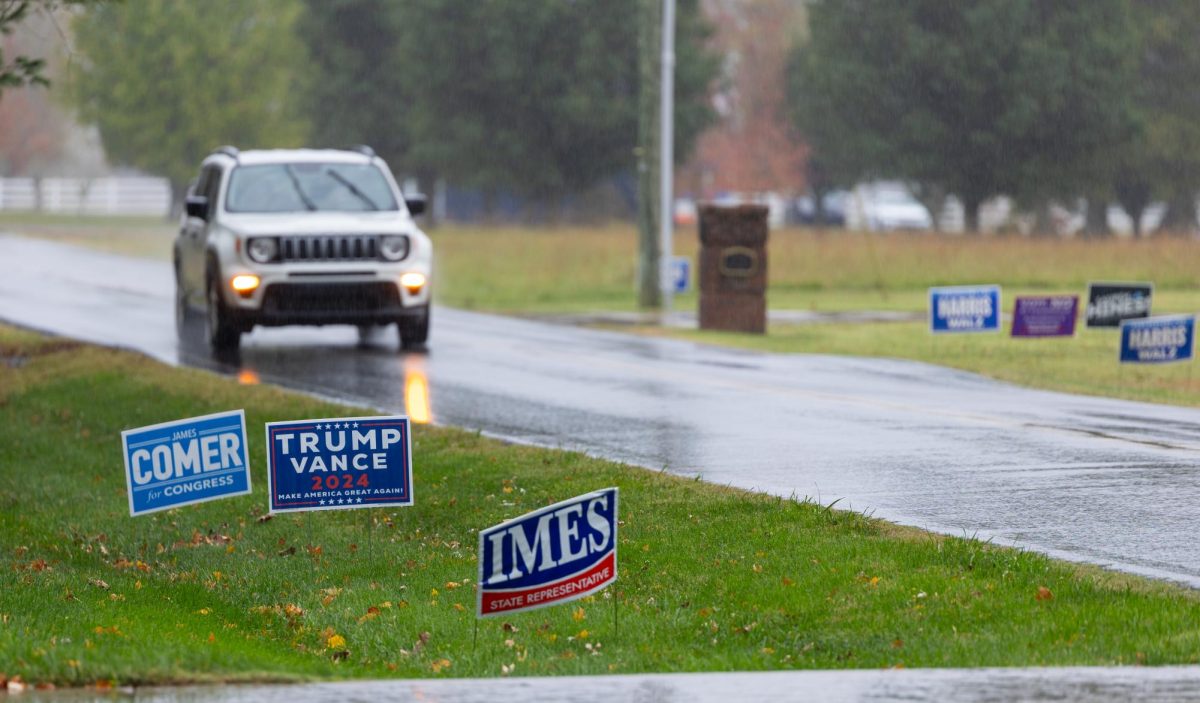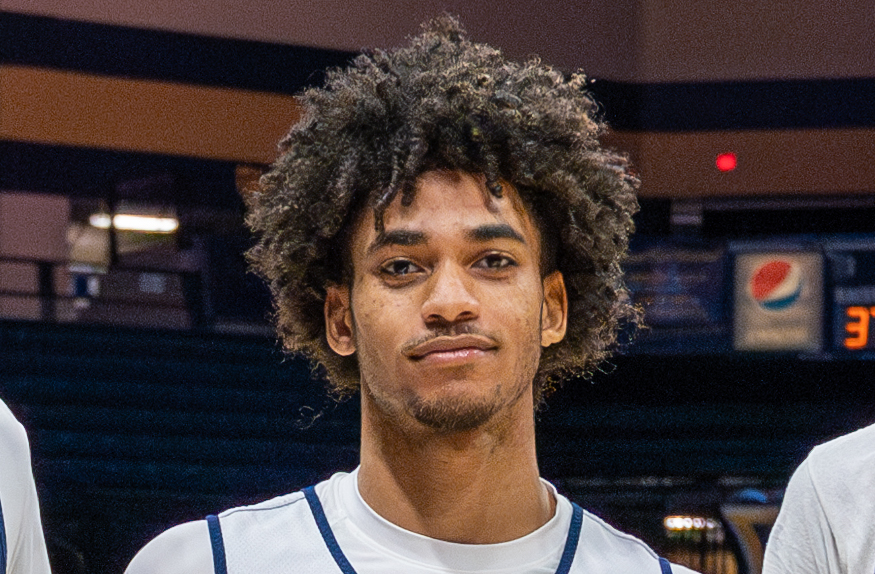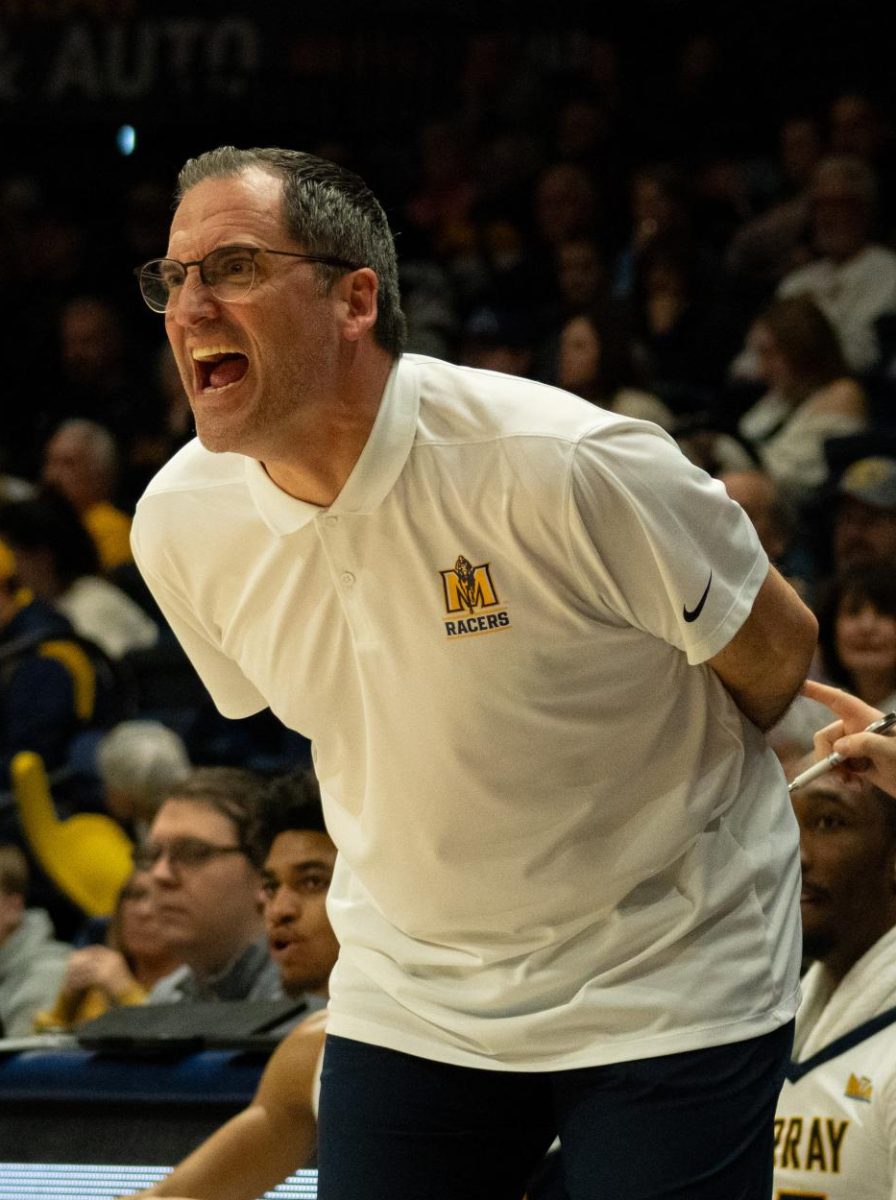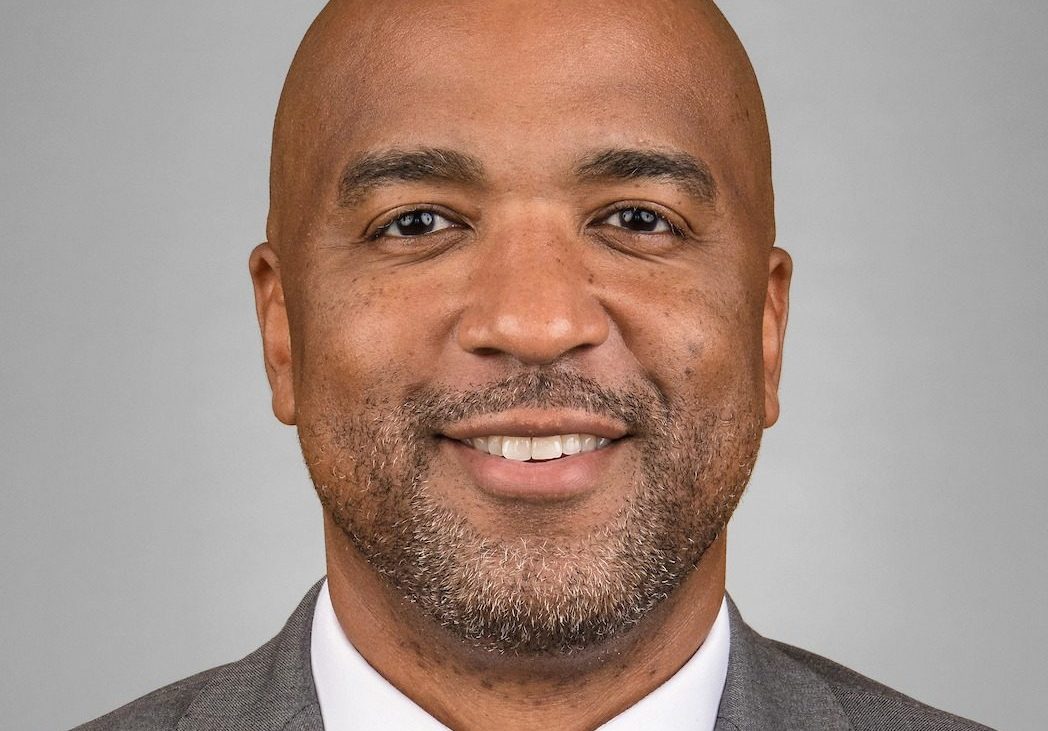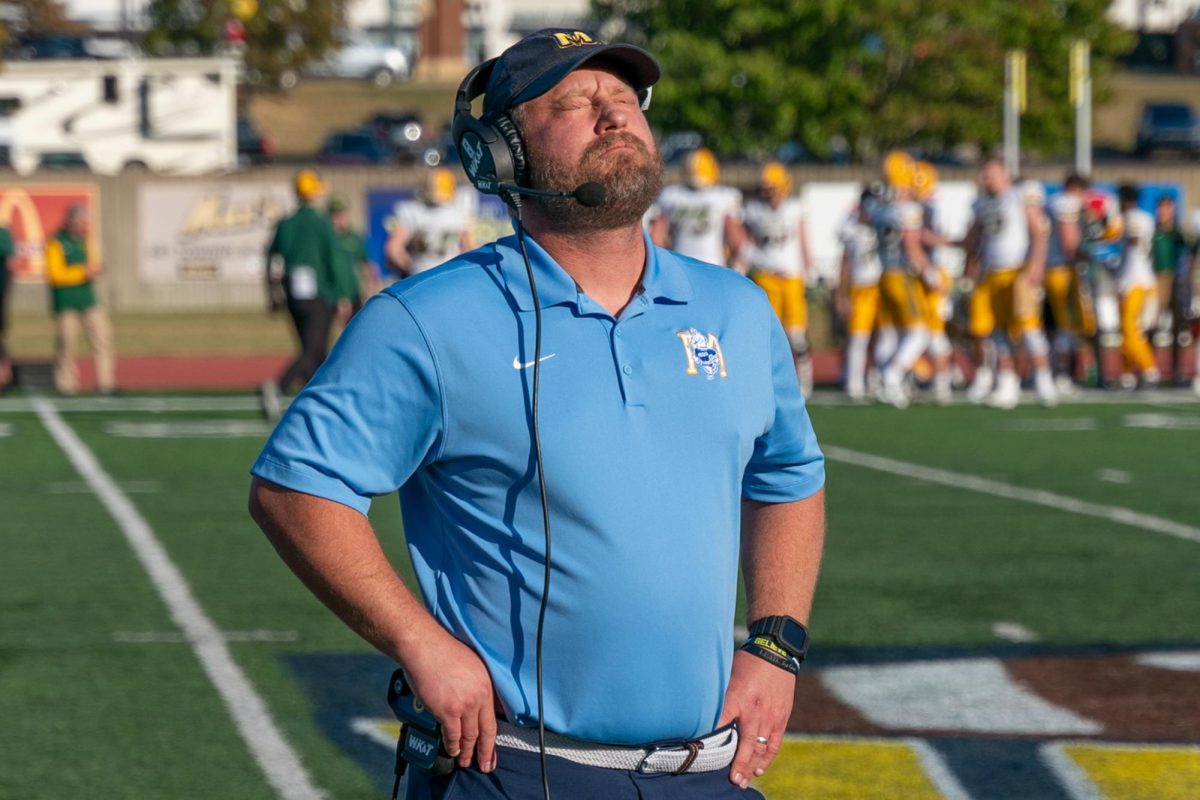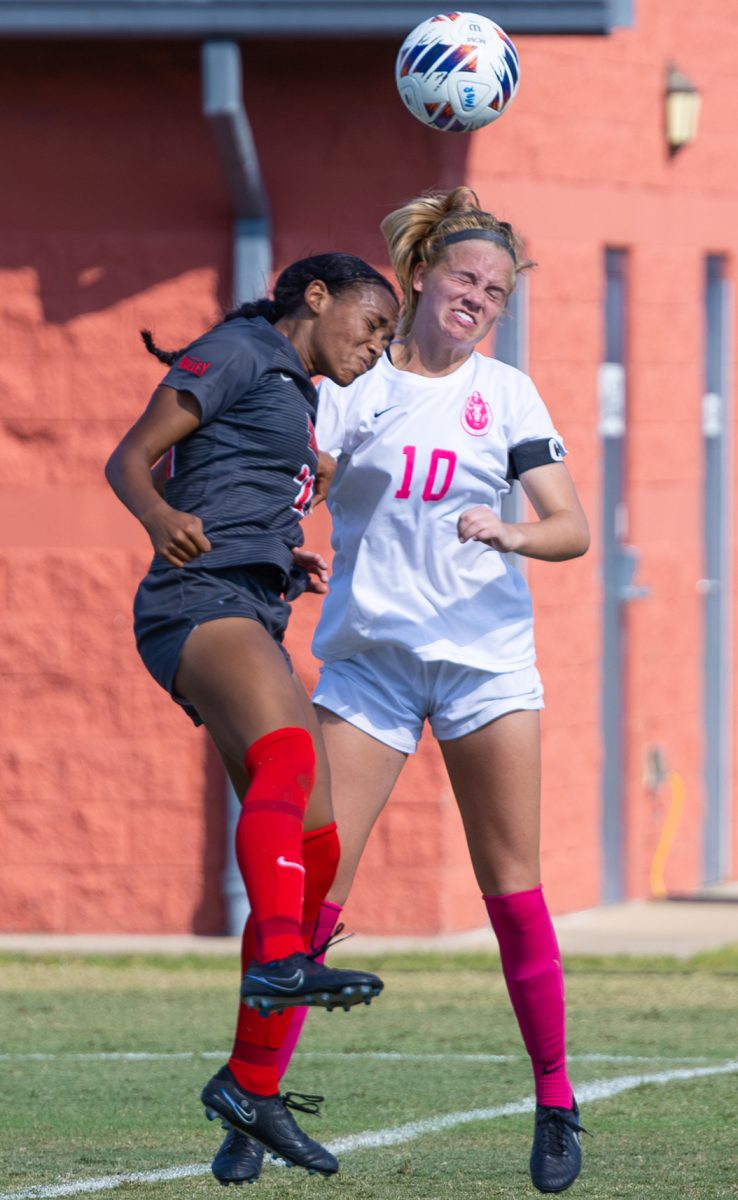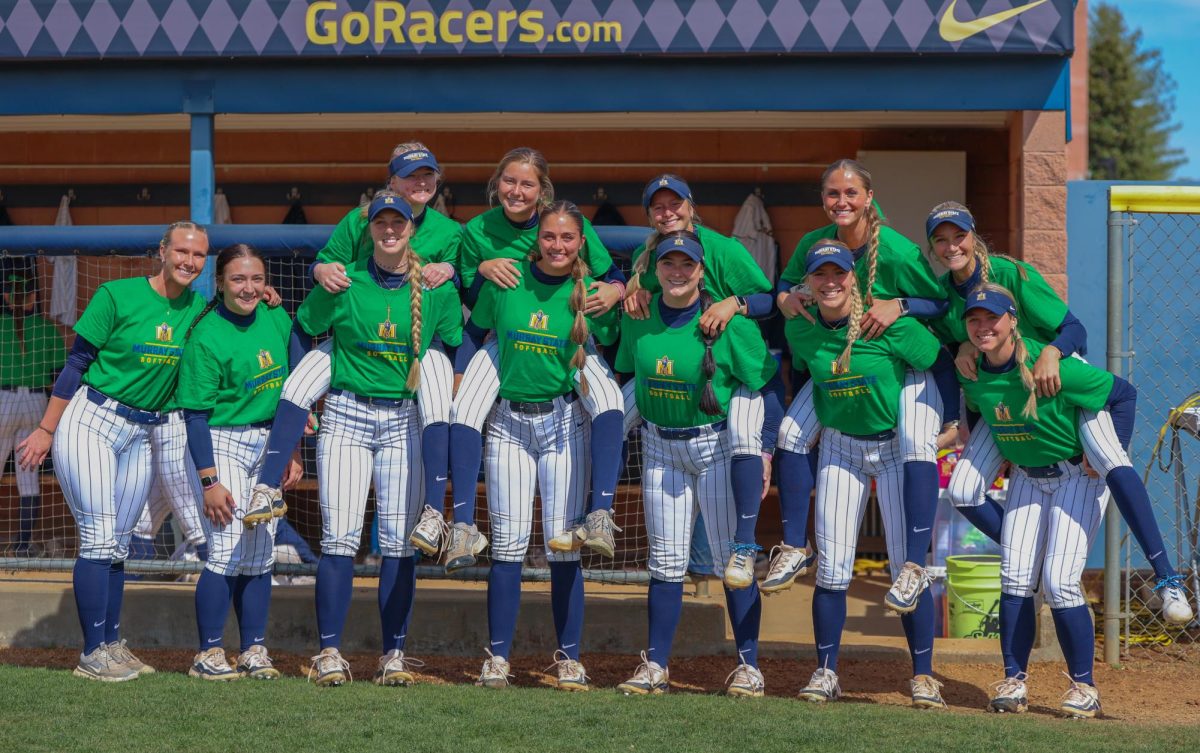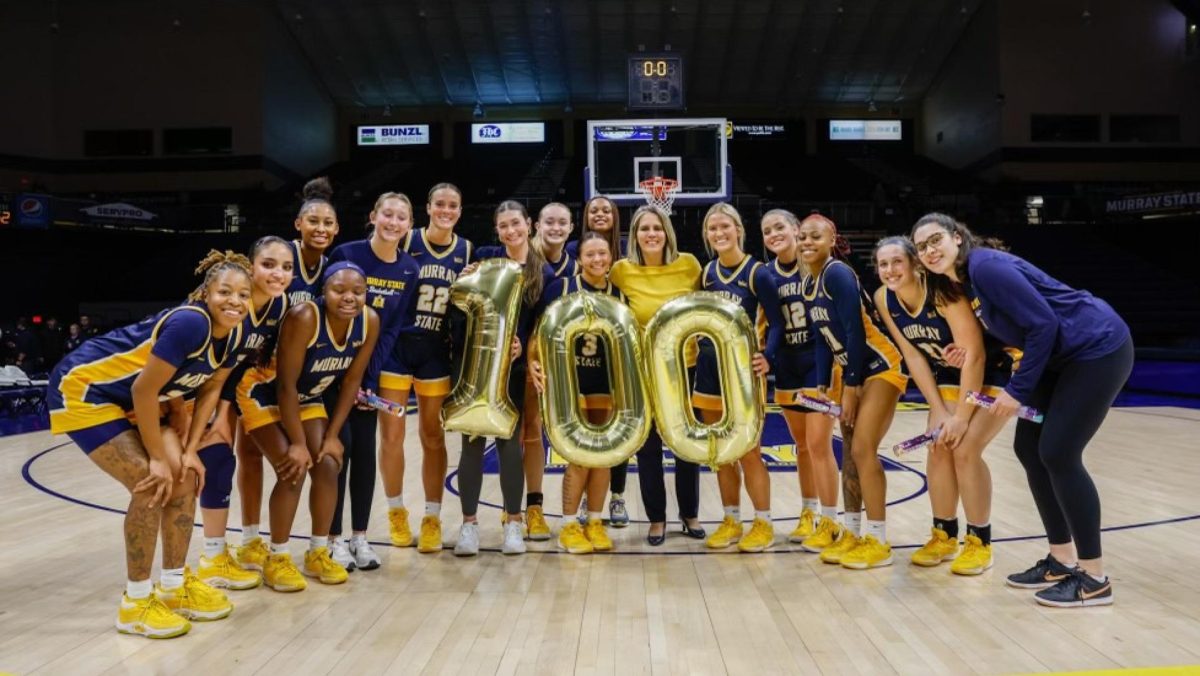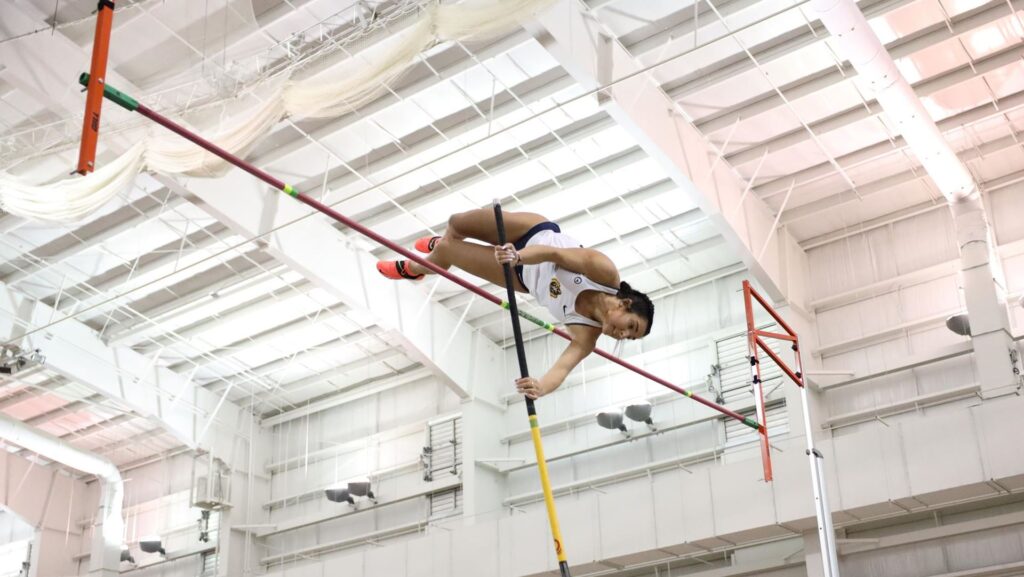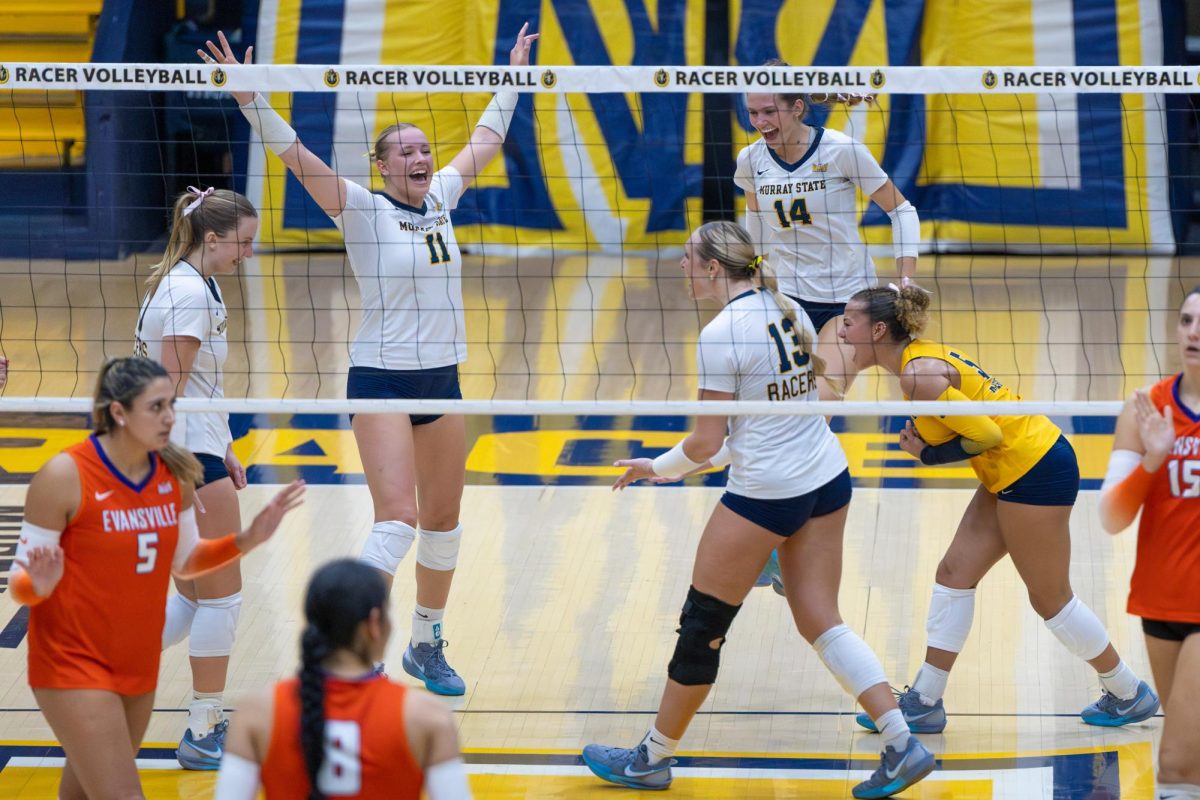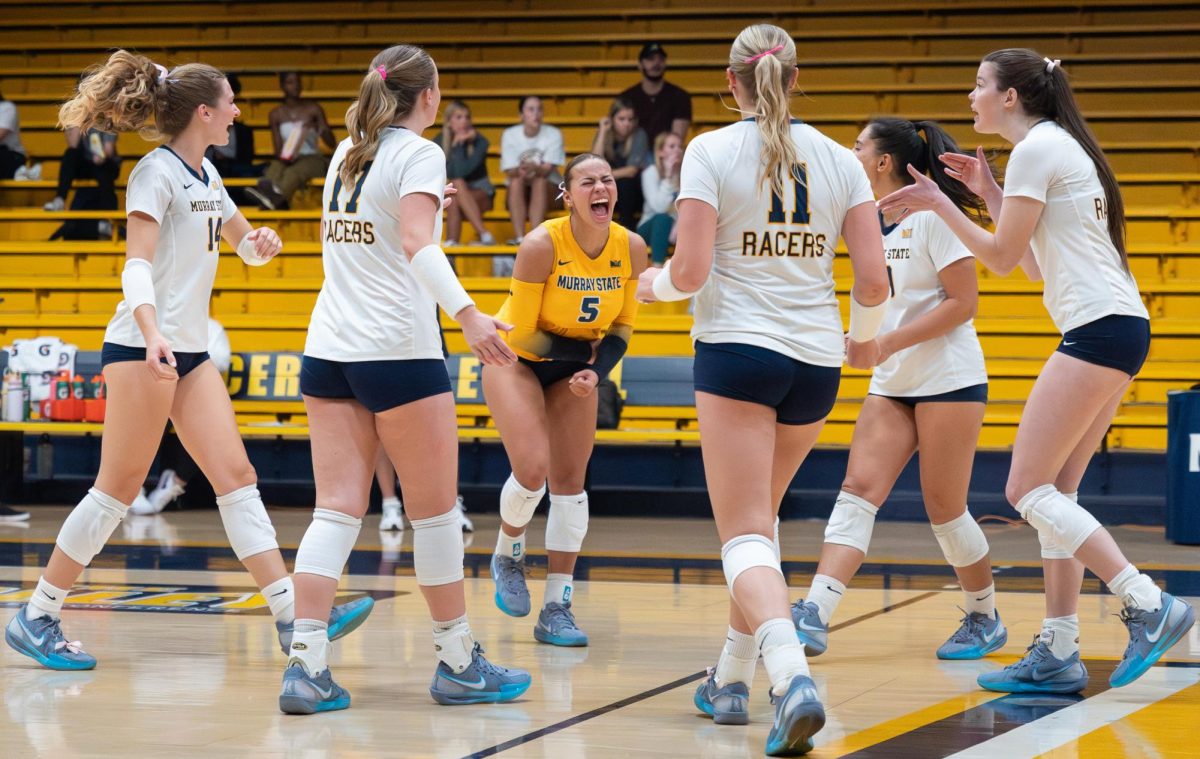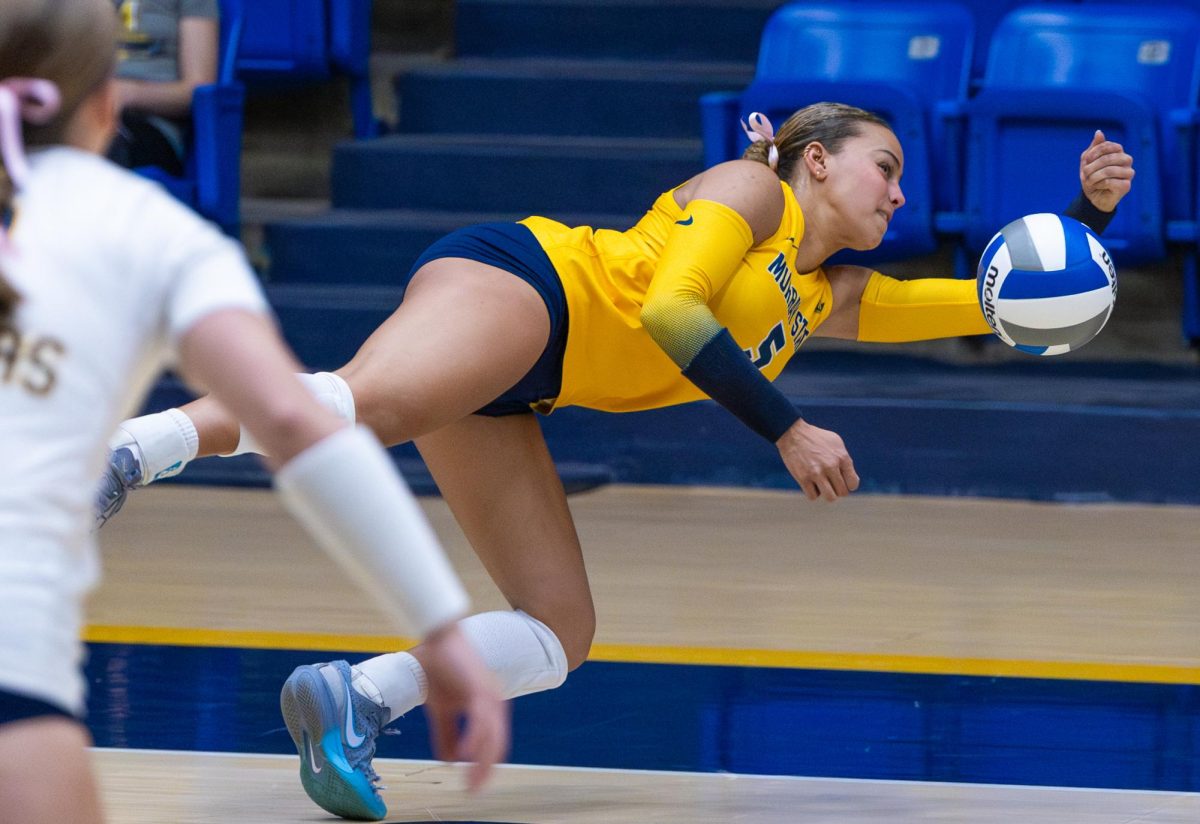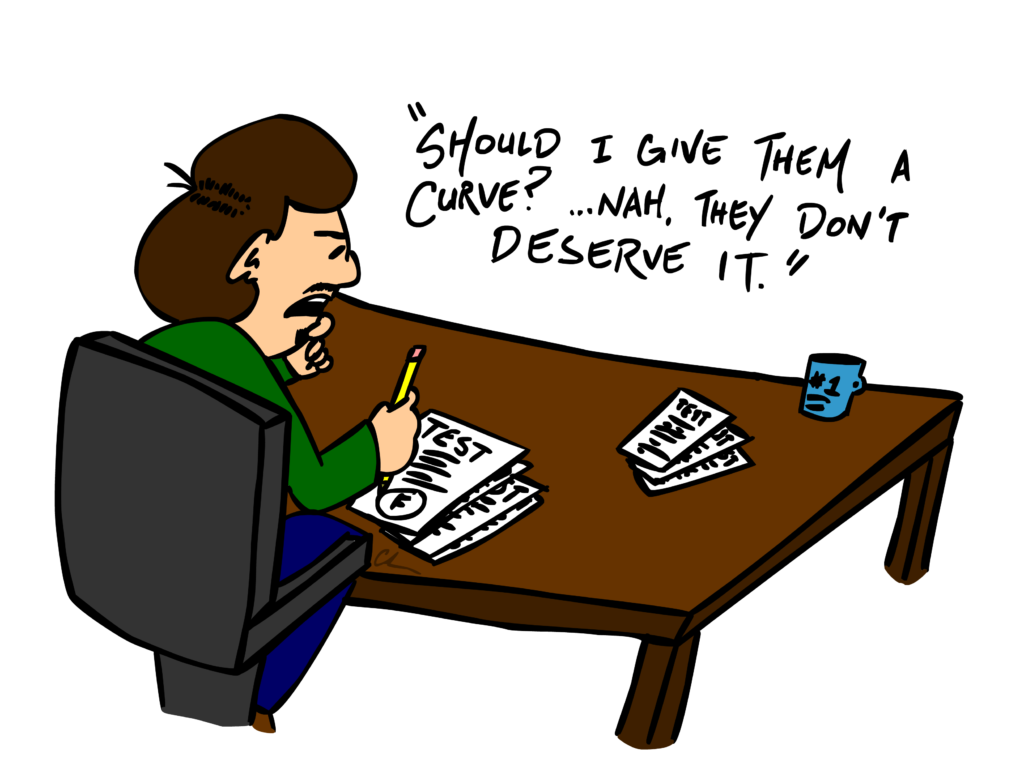As midterms have passed professors have given out grades, good and bad, which should be reflective of the students’ work, but that is not always the case.
Grades and outcomes also stand as a reflection of the professor’s way of teaching. If the whole class did badly on a test, then perhaps it’s not just the students who are at fault.
The majority of the The News’ Editorial Board has been in a situation in which most of the class did not do well on an exam and then their class got the, “Did you guys study?” or “I have never had a class do this badly.”
Departmental academic policies must address these issues because it is not fair for students to receive a poor grade because their professors did a poor job of teaching the content.
A retesting policy should be in place. If a whole class does poorly, then everyone should have the chance to redo the test. Professors shouldn’t just toss the test back at their students, but instead they should take time to talk to students and review what was not clear to them on the original test.
Students will be able to address their questions and concerns and the professors will know how to teach their content in a more understandable way. Students and the professor would benefit under this structure.
Also, since midterm grades have to be submitted on myGate, the University could take a closer look at grades and which classes they account for. If a bunch of students did not do well on a test for the same class with the same professor, then there could be a certain University branch to reach out to them about why the grades are what they are.
This could be accompanied by a midterm student evaluation instead of just having one at the end of the semester. This way, professors can receive feedback on their courses as they progress and can adapt to each group of students.
After the midterm student evaluation there would also be the routine end of the semester evaluation; the two could be compared.
In order to ensure students complete the evaluations, professors can offer incentives; for example, extra credit or participation points or to drop the lowest quiz grade if the entire class completes the evaluation.
When it comes to meeting every student’s needs, it can be hard to address them all in a 100-level class with over 50 students.
But that should be less of a challenge in smaller, upper-level classes.
In smaller class settings, professors should be willing to adjust their teaching style for what students think would be the best and most receptive type of teaching.
Students are seen as sponges that soak up knowledge, but not everyone soaks up knowledge the same. Students are individuals with different needs.
We at The News believe there’s a need for equal accountability of students and professors when it comes to evaluation.





